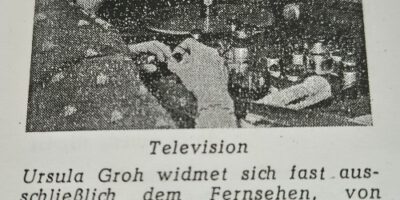Evolution of newsreel reporting in techniques, professional roles and aesthetic style
The cinema newsreel is a unique example of media archaeology and media evolution. It emerged from the first short documentary film strips, which were shot as reports from the immediate environment and assembled into programmes. The ways of presenting film programmes ranged from vaudeville theatres to the first cinemas in the 1910s. The elements of the communication strategy of newsreels have to be traced from the Russian film montage, Leni Riefenstahl’s film editing techniques and photography of war cinematographers to modern film journalism.
In the West, the montage procedures and theory of Russian Formalists were accepted, but a distinct avantgarde style was developed by the end of the 1920s (e.g. by F. W. Murnau, F. Lang). However, the newsreel reported in a static way those days. With Triumph des Willens (1935) and the Olympia films (1936-1938), Leni Riefenstahl’s team created standards for impressive documentaries consisting of camera work, visual language of feature films and conceptually used music. Riefenstahl’s cinematographers also delivered films for the newsreels and from the end of the 1930s, when propaganda was most important in Germany, newsreel films became dynamic and vivid. Some of the war correspondents and cinematographers continued to work for the post-war newsreel and so their principles had spread in an evolutionary way. After the establishment of television, many of the cinematographers changed to the new medium.
The paper was presented at the 45 Annual GSA Conference 2021 in Indianapolis, USA on 3 October 2021, published at IAMHist Blog.




Schreibe eine Antwort